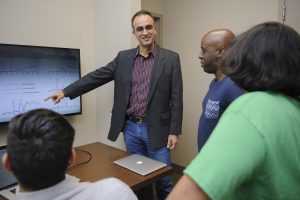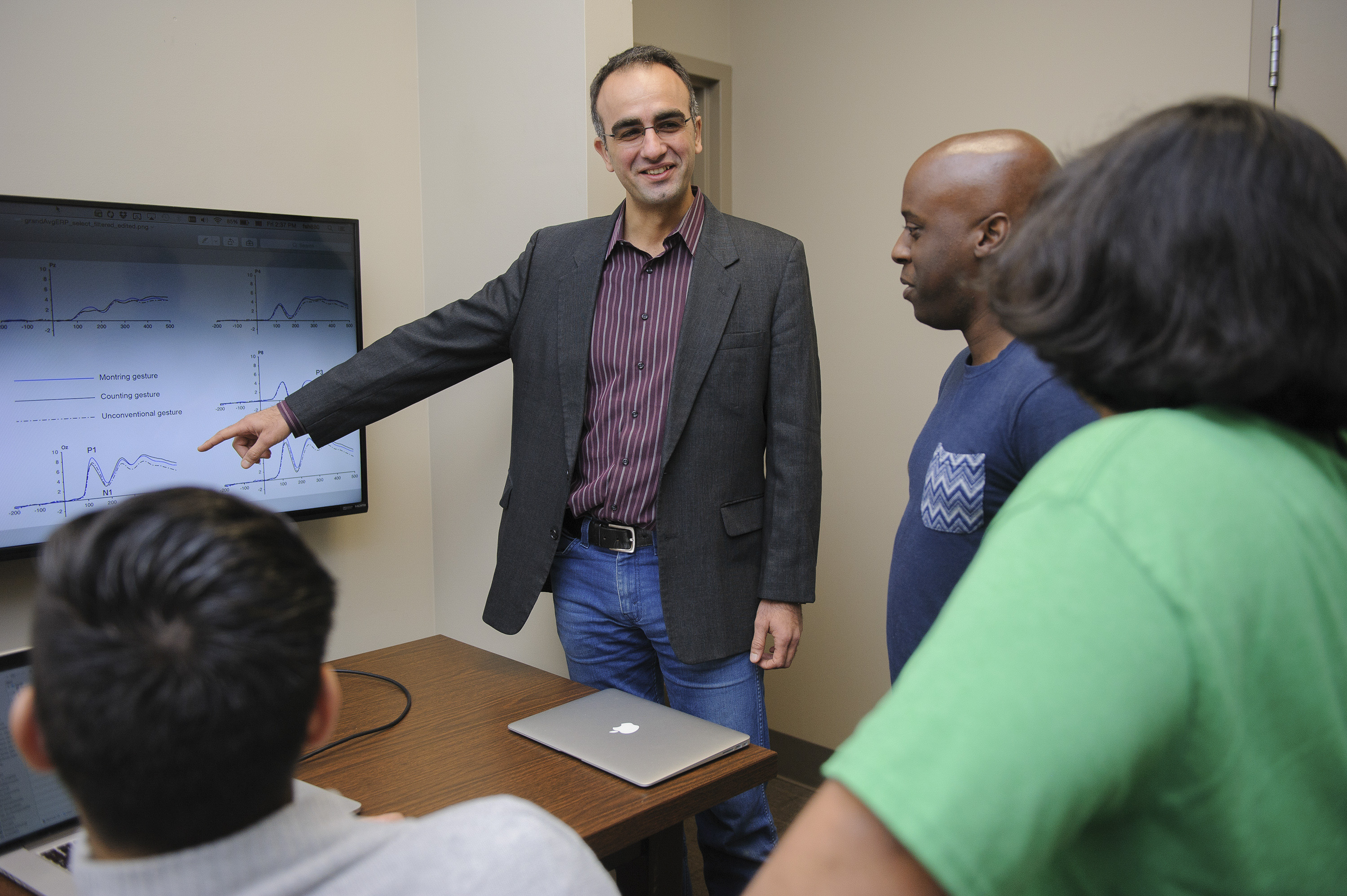
TUSCALOOSA, Ala. — Undergraduate students at The University of Alabama can enroll in the state’s first educational neuroscience program by the fall 2020 semester.
Educational neuroscience is an emerging, multidisciplinary field that connects brain and cognitive science with educational research and practice. For instance, researchers are able to monitor brain development and activity to determine the effects of environmental and teaching influences. The ultimate goal is for educational neuroscience research to eventually shape learning and teaching practices.
The major will be available through UA’s College of Education and will include new courses on diverse topics such as neural correlates of reading and mathematical cognition, neuroimaging and electrophysiological research methods, among others. An overview of the program can be found here.
Dr. Peter Hlebowitsh, dean of UA’s College of Education, said creating an undergraduate major in educational psychology is a “first important step” in bridging neuroscience data with the tasks of teaching and learning.
“We will now be taking a brain-based look at how we might be able to make improvements on normative undertakings related to the school, such as teaching children how to read, and how to work together and how to acquire and apply knowledge of subject matter in ways that can empower individuals and strengthen society,” Hlebowitsh said. “We believe our program proposes a new pathway for improved teaching-learning engagements and for a more informed perspective on educational policy.”
The curriculum will also include lab practicums students will take each semester after freshman year. Students will assist faculty and graduate students in research but will also work on projects independently in UA labs.
UA added a graduate-level educational neuroscience concentration to its educational psychology program in 2014.
“Through the new major, the undergrads will become part of the ecology we are setting up with graduate students, post-docs and faculty and will complement things we have developed in this initiative,” said Dr. Firat Soylu, UA assistant professor of educational psychology and neuroscience.
“It creates continuity with them engaging in research for three years and will help them immerse in theoretical frameworks and research practices in this new area,” Soylu said. “They’ll be able to sample different labs but also stay in one lab long enough to work on independent projects.”
Program faculty at UA have different research foci and specialized labs that align with their research.
For instance, Soylu, who studies mathematical cognition, conducts research on the relation between the finger sensorimotor system and mathematical development. His Embodied Learning Design and Educational Neuroscience Lab, or ELDEN, at the Tom Barnes Education Building at UA, is outfitted with soundproof rooms and EEG hardware.
The applications for educational neuroscience research are trending upward. For instance, researchers are beginning to pinpoint which neural systems are compromised in children who have dyslexia and autism to create more effective interventions, Soylu said.
Soylu anticipates undergraduates achieving teaching certifications and/or pursuing graduate school. Graduates will develop diverse research skills and acquire different theoretical perspectives that can be put into teaching practice.
“Our graduates who end up working in the field will have a unique foundation to face the hard-to-assess aspects of the science and will be able to rigorously interpret data,” Soylu said.
Contact
David Miller, UA Strategic Communications, 205-348-0825, david.c.miller@ua.edu
Source
Dr. Firat Soylu, 205-348-6267, fsoylu@ua.edu
